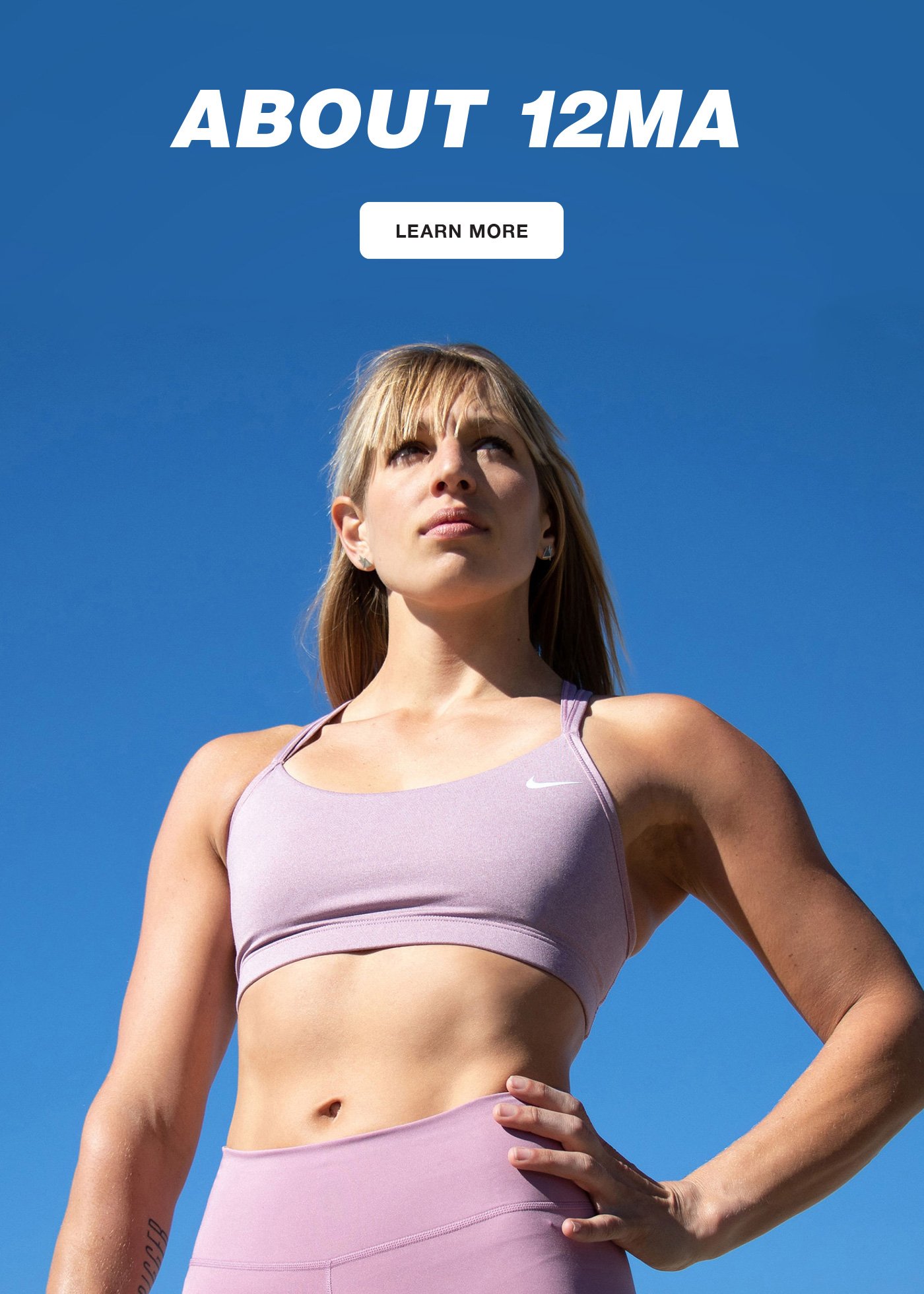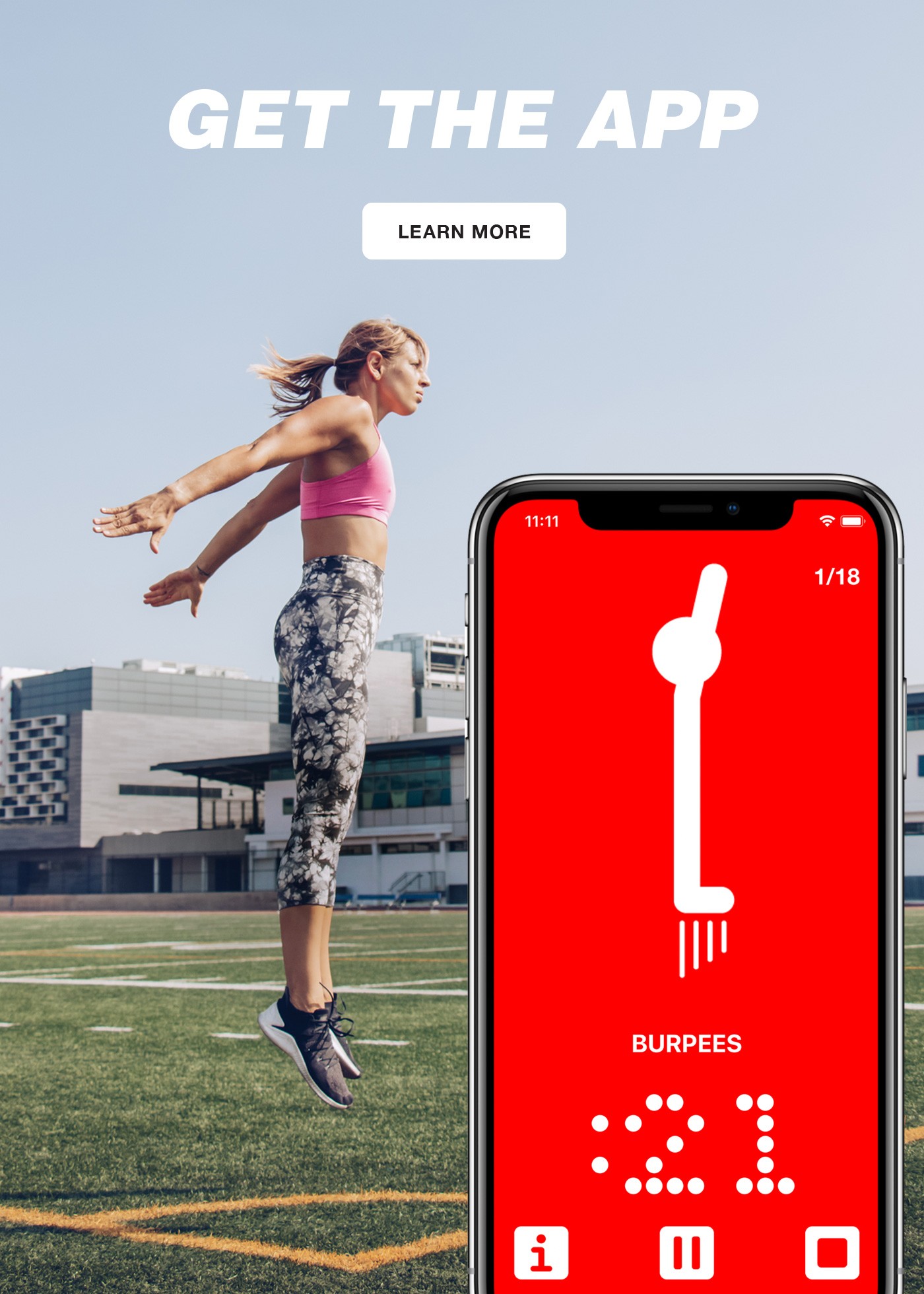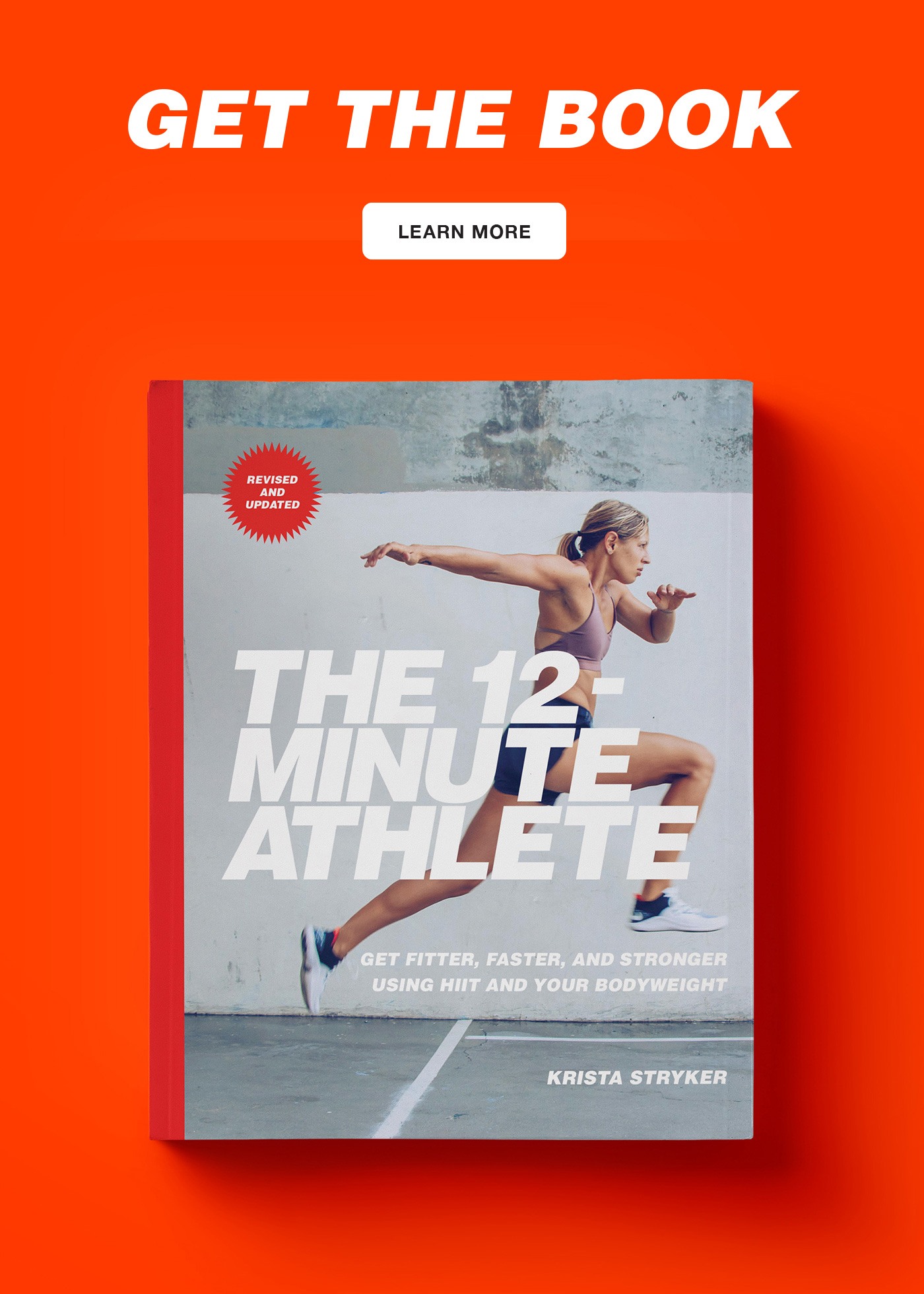It’s been a while since we’ve addressed anything recovery-related here on 12 Minute Athlete—but recovery is an incredibly important piece of meeting any athletic or weight loss-based goals.
And really, taking at least one rest day a week, getting adequate sleep, stretching regularly, and fueling your body right is just as important as working out on a consistent basis.
One of the things I consider to be an integral part of the recovery process is foam rolling. Foam rollers cost all of $10-$20 on Amazon or any sporting goods store, but they can make a huge difference in the level of soreness you experience, prevent injuries, and can even help with your workout performance.
And you don’t even have to spend a lot of time using it to get results. Even foam rolling just a few times a week for 5-10 minutes at a time will really help your body perform at its peak level, especially if you’re prone to minor injuries like shin splints or overly sore muscles.
Here are 5 of my favorite foam roller exercises you should be doing on a regular basis:
Upper/lower back
Exercises like handstands, handstand push ups, pike jumps, and bridges will leave you with a strong (but sore!) back. In my experience, foam rolling your back regularly can help as much as getting regular chiropractic adjustments—and it’s a lot cheaper.
To do it, lie on your back with your knees bent and the foam roller under your upper back. Raise your hips off the ground and roll from your upper to lower back, pausing when you hit a tender spot. Try and stay on those spots for 15-30 seconds or until the pain starts to reduce.
Lats
You know all those pull ups we do in the workouts? Well pull ups really target your latissimus dorsi muscles, those muscles that wrap basically from your mid/lower back to underneath your armpits. Foam rolling these regularly can help tremendously with soreness and also help improve your pull up performance.
To foam roll your lats, lie on your side on the floor with the foam roller under your armpit and your arm extended away from your body above your head. Slowly roll back and forth until you find a sore spot.
Make sure to roll out both sides!
Calves
If you ever get shin splints from jumping rope or running, foam rolling your calves is a huge lifesaver. I used to get them all the time, yet ever since I started foam rolling my calves a couple of times a week I haven’t had them once since.
To do it, sit in a seated position with the roller under your calves. Roll from your ankles to your knees, focusing on any sore spots. To increase the pressure, cross your legs so that most of your weight is on one leg.
Quads
All those squats, pistols, and plyometrics you’re doing in the workouts mean your quads (the front of your thighs) are probably sore pretty often. Foam rolling regularly can really help relieve some of the tightness in your quads so you can do squats more often.
To do it, lie on your stomach with the foam roller under your thighs. Roll back and forth on the front of your thighs, pausing on any tender spots. You can also cross your legs to add extra pressure.
Hamstrings/glutes
All that jumping we do in the workouts equals sore hamstrings and glute muscles are something we experience on a regular basis—but foam rolling can help a lot.
To foam roll these areas, start in a seated position with the roller under your hamstrings. Roll back and forth from your knees to your glutes, crossing your legs to increase the pressure.
To target your glutes, sit on the foam roller, lean slightly to the side you are targeting, and gently roll around the muscle.



I love using the roller after a gruelling workout, it certainly helps my recovery time anyway. Get the blood flowing back into those muscle is crucial. My current roller is a “grid roller” that help different trigger points, ive found it to be more effective than a flat roller.
Definitely love using the foam roller on my lower back and glutes! It is a lifesaver for me.